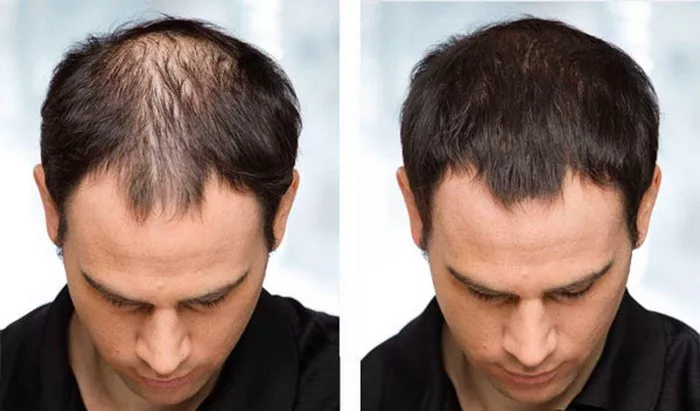Undergoing a hair transplant is a significant step towards restoring a fuller head of hair and boosting confidence. However, proper post-operative care is crucial to ensure a successful recovery and optimal results. One essential aspect of the healing process after a hair transplant is knowing how to wash scabs that may form on the scalp. In this article, we will provide a comprehensive guide on how to wash scabs after a hair transplant, emphasizing experience, professionalism, authority, and credibility. By understanding the importance of this process and following the right techniques, individuals can promote healing, minimize complications, and achieve the desired outcomes of their hair transplant procedure.
1. Why Scab Formation Occurs After a Hair Transplant?
Scab formation is a normal part of the healing process after a hair transplant. During the procedure, small incisions are made in the scalp to transplant hair follicles. As the scalp begins to heal, scabs may form over these incision sites. These scabs protect the delicate new hair follicles and promote wound healing. While scabs are a natural part of the recovery process, it is essential to handle them with care to prevent any complications and ensure successful hair growth.
2. The Importance of Proper Scab Care
Proper scab care is vital to avoid any disruption to the healing process and potential damage to the transplanted hair follicles. If scabs are not washed correctly, they can become too thick and stubborn, leading to discomfort and increased risk of infection. Moreover, improper handling of scabs may result in dislodging the newly transplanted grafts, potentially affecting the overall success of the procedure.
3. When to Start Washing Scabs
The timing of when to start washing scabs after a hair transplant is a common question among patients. Typically, most hair transplant surgeons recommend waiting for a specific duration, often around 48 to 72 hours after the procedure, before beginning the washing process. This waiting period allows the initial healing of the incisions and ensures that the grafts are securely in place before any direct contact with water.
4. The Gentle Washing Technique
When the appropriate waiting period has passed, it is essential to use a gentle washing technique to cleanse the scalp and remove the scabs. Here’s a step-by-step guide:
a. Use a Gentle Cleanser:
Choose a mild, sulfate-free shampoo or the cleansing solution recommended by your hair transplant surgeon. Avoid harsh chemicals or products that may irritate the scalp.
b. Wet the Scalp:
Gently wet the scalp with lukewarm water. Avoid using hot water, as it can exacerbate swelling and discomfort.
c. Lather the Cleanser:
Apply a small amount of the gentle cleanser to your fingertips and create a lather.
d. Pat, Don’t Rub:
Gently pat the lather onto the scalp, avoiding any rubbing or scrubbing motions. Be extremely gentle to prevent dislodging the scabs or grafts.
e. Rinse Thoroughly:
Rinse the cleanser off your scalp thoroughly with lukewarm water. Ensure that no soap residue remains on the scalp.
f. Blot Dry:
After rinsing, gently blot the scalp dry with a soft, clean towel. Avoid rubbing the scalp, as it can disturb the scabs.
5. Frequency of Scab Washing
The frequency of washing scabs will depend on your hair transplant surgeon’s instructions. Typically, you may be advised to wash your scalp daily or every other day, depending on the healing progress and your individual needs. Follow your surgeon’s specific guidelines to ensure optimal care.
6. Additional Tips for Scab Care
Avoid scratching or picking at scabs, as this can lead to infections and slow down the healing process.
Protect your scalp from direct sunlight by wearing a hat or using sunscreen, as the skin is sensitive after a hair transplant.
Continue to follow your surgeon’s post-operative care instructions diligently to promote a smooth recovery and achieve the best possible results.
Conclusion
Properly washing scabs after a hair transplant is a crucial step in the healing process that should be approached with care and diligence. Scabs form as a natural part of the scalp’s healing process, protecting the newly transplanted hair follicles. It is essential to start washing the scabs at the appropriate time and to use a gentle technique to prevent any complications or damage to the grafts. Following the guidance of your hair transplant surgeon and adhering to their specific post-operative care instructions will help promote successful healing and ensure optimal results from your hair transplant procedure. By giving your scalp the attention it needs during the healing process, you can enjoy the benefits of a fuller head of hair and renewed self-confidence. Remember to consult with your surgeon for personalized advice and guidance throughout the recovery journey.


